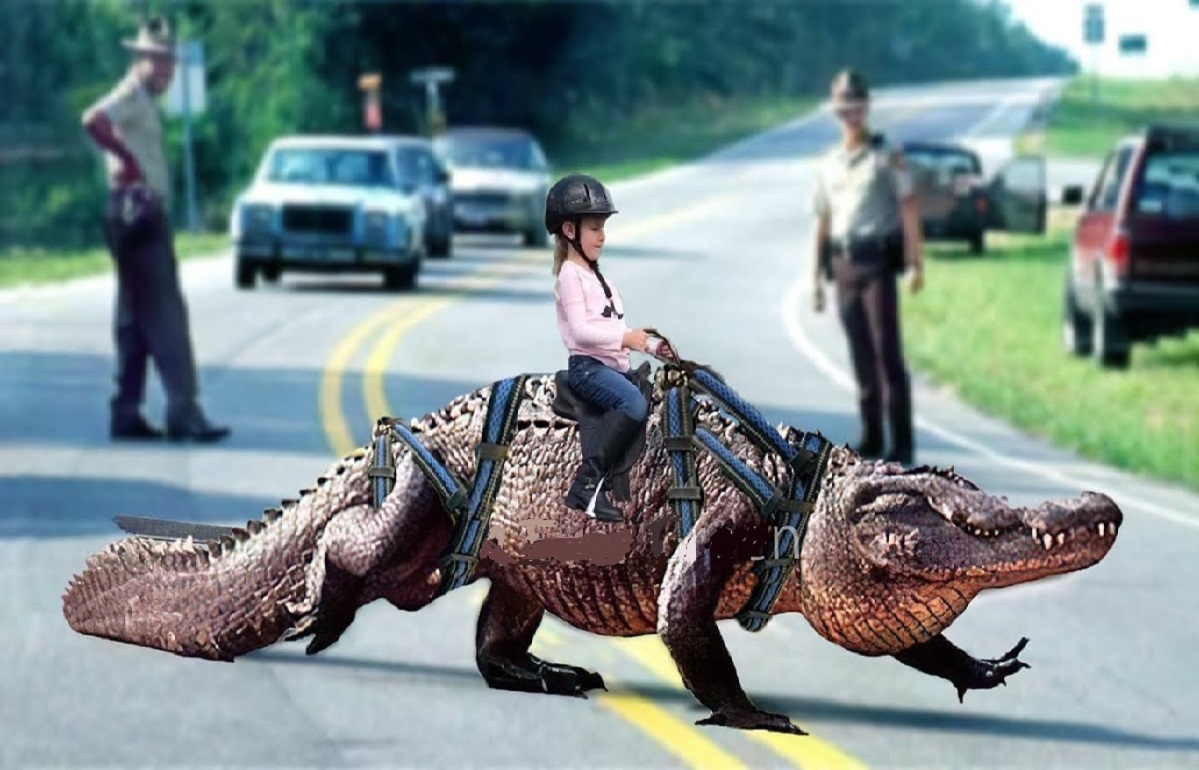Introduction
The origin of life on Earth is a subject that has fascinated scientists and curious minds for centuries. Exploring the question of “What was the first animal born on earth?” takes us back to the early stages of our planet’s history, where life emerged and evolved in remarkable ways. In this article, we embark on a captivating journey through time to uncover the secrets of the first animal that came into existence, shedding light on the awe-inspiring story of its birth and the subsequent evolutionary developments. Let’s dive into the depths of ancient history and discover the extraordinary tale of the inaugural creature to grace our planet.
The emergence of the first animal on Earth marks a pivotal moment in the history of life. While the exact identity of this ancient being remains a subject of intense scientific debate, researchers believe it to be a primitive form of sponge. Sponges, or phylum Porifera, are multicellular organisms characterized by their unique cellular structure and filter-feeding ability. These remarkable creatures have a lineage that stretches back billions of years, making them strong contenders for the title of the first animal on Earth.
Understanding the Primordial World
As we delve into the origins of life, it’s crucial to paint a picture of the primordial world in which the first animal was born. During the Proterozoic Eon, around 600 million years ago, Earth underwent significant transformations. The oceans teemed with microbial life, with diverse single-celled organisms dominating the scene. Oxygen levels slowly increased, paving the way for the emergence of more complex life forms.
The Advent of Multicellularity
Multicellularity, the ability of organisms to form complex structures by uniting cells, was a revolutionary development. It allowed for increased specialization and cooperation among cells, setting the stage for the emergence of animals. The transition from single-celled to multicellular life was a crucial step in the evolutionary journey that ultimately led to the birth of the first animal.
Unveiling the Oldest Animal Fossils
Paleontologists have scoured the planet in search of the earliest animal fossils, striving to uncover the secrets of the first creature to inhabit Earth. Recently, discoveries in remote locations have provided valuable insights. Fossilized remains found in Australia suggest the presence of sponge-like organisms dating back approximately 650 million years, hinting at the possibility of sponges being the first animals.
The Remarkable Sponges
Sponges are intriguing organisms that boast a simple yet elegant structure. Their bodies consist of a network of cells permeated by tiny channels called canals, which allow water to flow through. Sponges exhibit an astonishing array of forms, from encrusting sheets to intricate vase-like shapes. These adaptable creatures have successfully survived for millions of years, making them a captivating subject of study.
Investigating Genetic Signatures
In the quest to unravel the mysteries of the first animal, scientists have turned to genetics for clues. By comparing the genomes of various living organisms, researchers have identified genetic signatures that may offer insights into the ancient origins of animals. Genetic studies on sponges have provided evidence supporting their candidacy as the first animal born on Earth.





